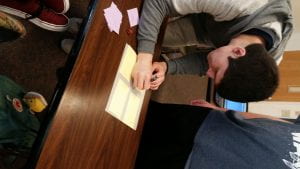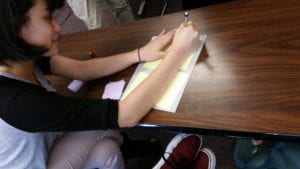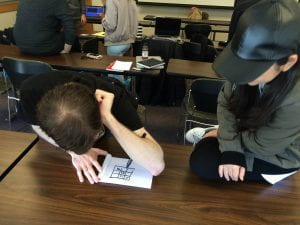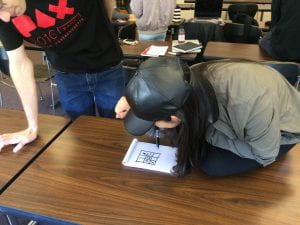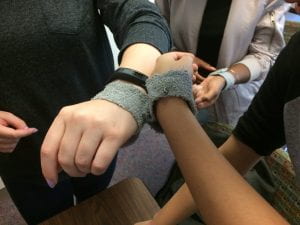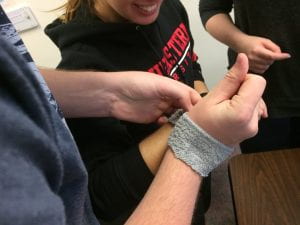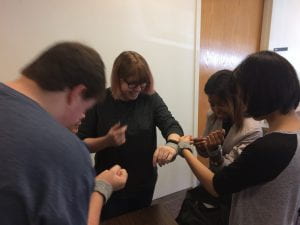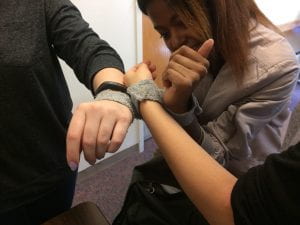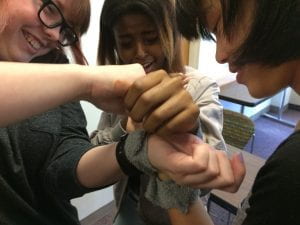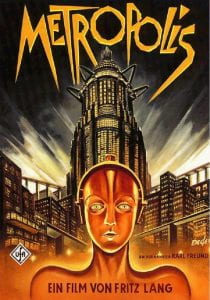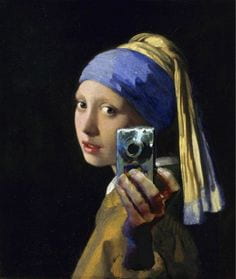This a chance-based game in which players compete with the clock. Players must complete their tasks within the allotted time. Those who go over the time lose. Each die roll constitutes one half-hour. The given work shift is from 9 AM- 5 PM.
Materials:
- Cork board (or piece of cardboard)
- Thumb tacks (if mounting onto wall)
- Index cards (or small sheets of paper)
- Writing utensil
- D6
Rules:
- Each index card represents a player’s work schedule.
- Each turn, the player rolls the D6. The number rolled determines the number of tasks the user has completed.
- Before the turn ends, the user draws a chance card*. Based on the outcome, time is either added or subtracted from the player’s schedule.
- Whoever goes over their shift time loses. The last person standing wins.
*If you run out of chance cards, reshuffle the deck.
